Government Initiatives and Regulations
The Rapid Strength Concrete Market is significantly impacted by government initiatives and regulations aimed at improving construction standards and safety. Many governments are implementing stricter building codes that require the use of high-performance materials, including rapid strength concrete, to ensure structural integrity and safety. Recent legislative measures have been introduced to promote the use of innovative construction materials, which is expected to bolster the market. For instance, funding for infrastructure projects has increased, with a focus on utilizing advanced materials that enhance durability and reduce maintenance costs. This regulatory environment is likely to create a favorable landscape for the Rapid Strength Concrete Market, encouraging adoption and innovation.
Increased Demand for Rapid Construction
The Rapid Strength Concrete Market is witnessing heightened demand driven by the need for rapid construction solutions. As urban areas expand and infrastructure projects accelerate, the construction sector is under pressure to deliver projects more quickly. Rapid strength concrete offers a viable solution, allowing for reduced curing times and enabling faster project completion. Recent data suggests that the construction industry is projected to grow by 5% annually, with a significant portion of this growth attributed to the adoption of rapid strength concrete. This trend is particularly evident in sectors such as commercial and residential construction, where time-to-market is critical. Consequently, the demand for rapid strength concrete is expected to rise, further propelling the market forward.
Sustainability and Eco-Friendly Practices
The Rapid Strength Concrete Market is increasingly influenced by sustainability and eco-friendly practices. As environmental concerns gain prominence, construction companies are seeking materials that minimize their carbon footprint. Rapid strength concrete, often produced with recycled materials and lower energy consumption, aligns with these sustainability goals. Data indicates that the use of sustainable construction materials is expected to grow by 8% annually, reflecting a shift towards greener building practices. This trend is not only beneficial for the environment but also appeals to consumers and stakeholders who prioritize sustainability. As a result, the integration of eco-friendly practices within the Rapid Strength Concrete Market is likely to enhance its appeal and drive market growth.
Technological Innovations in Construction
The Rapid Strength Concrete Market is experiencing a surge in technological innovations that enhance the performance and application of concrete. Advanced mixing techniques and the incorporation of high-performance additives are leading to faster curing times and improved strength characteristics. For instance, the use of superplasticizers and fiber reinforcement is becoming more prevalent, allowing for the production of concrete that achieves significant strength in a shorter time frame. This trend is supported by data indicating that the demand for high-strength concrete is projected to grow at a compound annual growth rate of approximately 6% over the next five years. As construction projects increasingly require rapid turnaround times, these technological advancements are likely to play a pivotal role in shaping the future of the Rapid Strength Concrete Market.
Urbanization and Infrastructure Development
The Rapid Strength Concrete Market is closely linked to urbanization and infrastructure development trends. As populations continue to migrate towards urban centers, the demand for robust infrastructure, including roads, bridges, and buildings, is escalating. Rapid strength concrete is particularly suited for these applications due to its quick setting times and high durability. Data suggests that urbanization rates are projected to increase by 2% annually, driving the need for efficient construction solutions. This trend is further supported by government investments in infrastructure projects, which are expected to reach unprecedented levels in the coming years. Consequently, the Rapid Strength Concrete Market is poised for growth as it meets the demands of an increasingly urbanized society.


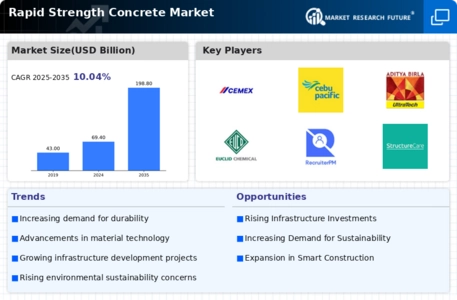
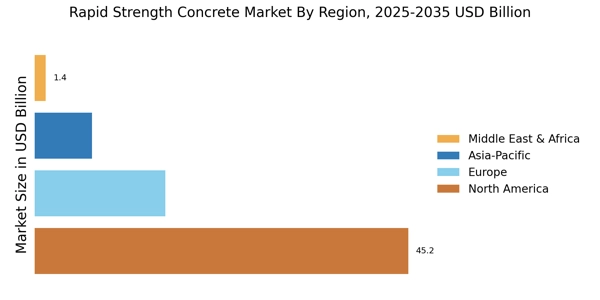

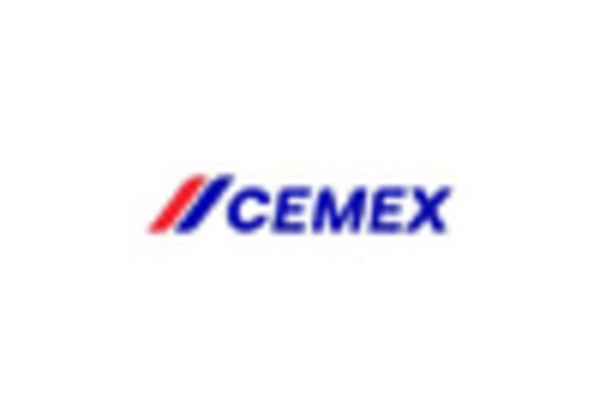
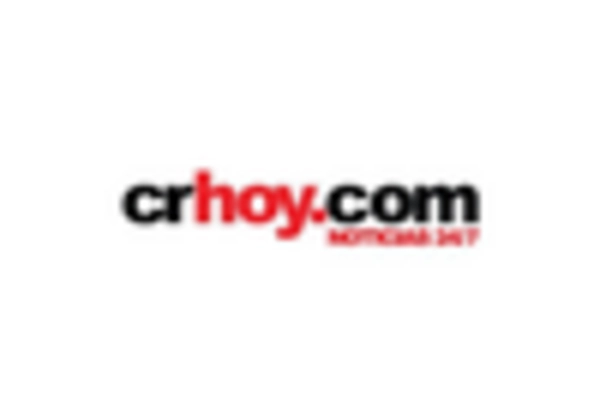
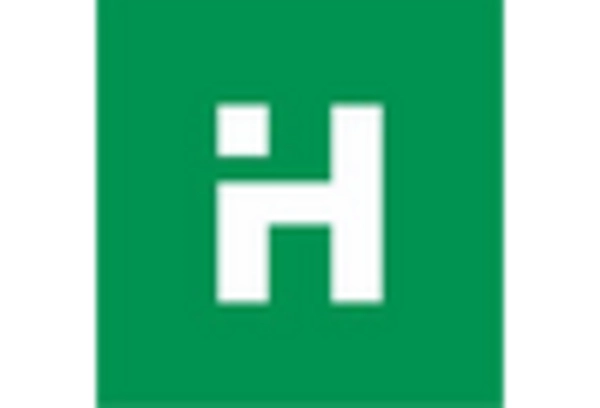
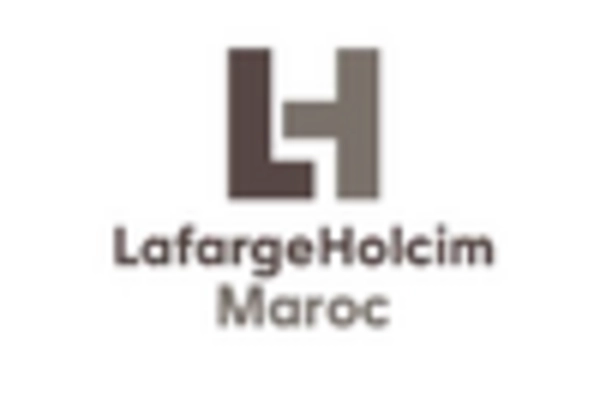









Leave a Comment